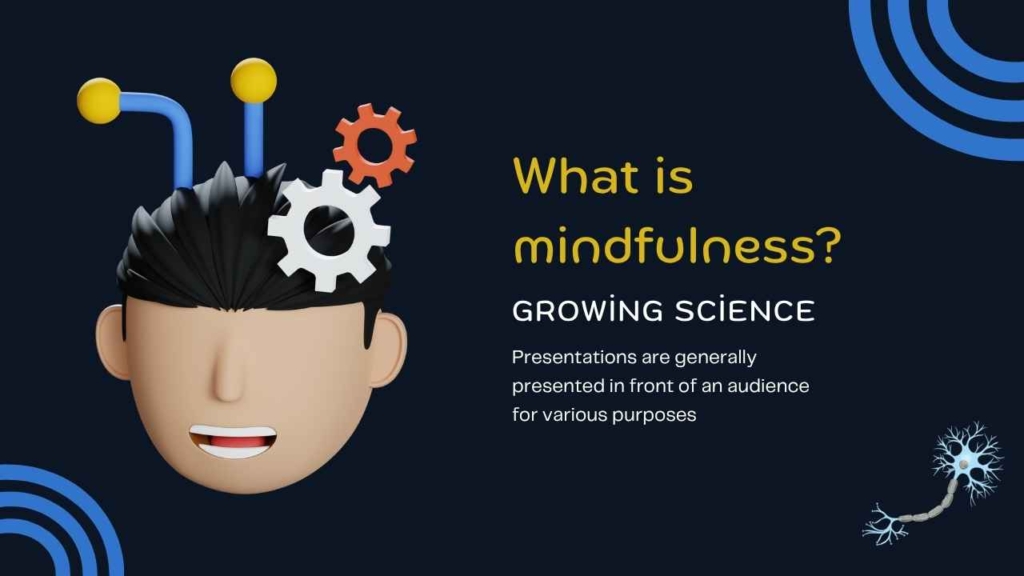The Human Genome Project, a groundbreaking international research initiative, mapped out the entire human genome, bringing significant insights into our genetic makeup. Completed in 2003, this ambitious project has transformed various fields such as medicine, genetics, and biotechnology.
What Was the Human Genome Project?
Launched in 1990, the Human Genome Project (HGP) aimed to identify and sequence all the genes in the human genome. It involved the collaboration of scientists from across the globe and employed advanced technologies to decode DNA sequences. The project involved a monumental effort to detect approximately 20,000 to 25,000 genes present in human DNA.
Why Was the Project Important?
The significance of the HGP lies in its capability to facilitate a deeper understanding of human biology and various diseases. By analyzing the genetic data, researchers can uncover the relationships between genes and health conditions, paving the way for targeted therapies and personalized medicine.
Who Were the Key Players?
The project included contributions from notable institutions such as:
- The National Human Genome Research Institute (NHGRI)
- The Department of Energy (DOE)
- International partners including the Wellcome Trust in the UK
What Did We Learn From the HGP?
One of the most significant outcomes of the HGP is the complete sequencing of the human genome, which has led to various critical discoveries:
- Genetic Variability: The project highlighted the vast amount of genetic variation present among individuals, contributing to the field of personalized medicine.
- Disease Linkages: Insights into how particular genes are linked to diseases such as cancer, diabetes, and heart disease.
- Evolutionary Insights: Understanding the evolutionary basis for human-specific traits by comparing genomes with other organisms.
| Compare |
|---|
| Before HGP: Limited knowledge of human genetics |
| After HGP: Comprehensive genome map available |
| Before HGP: General approaches to treatment |
| After HGP: Tailored treatments based on genetic makeup |
How Is This Knowledge Used Today?
Currently, the findings from the Human Genome Project inform several areas:
- Genomic Medicine: Tailoring therapies based on genetic profiles.
- Pharmacogenomics: Understanding how genes affect a person’s response to drugs.
- Genetic Testing: Early detection of predisposed genetic disorders.
Conclusion: Transformative Impacts of the Human Genome Project
In summary, the Human Genome Project has profoundly altered our comprehension of genetics, enabling advancements in medical practice, personalized treatment options, and an understanding of genetic disorders. The wealth of information gleaned from the HGP continues to provide invaluable insights into human biology and health, showing that knowledge of our genome is, indeed, a crucial aspect of modern science.














